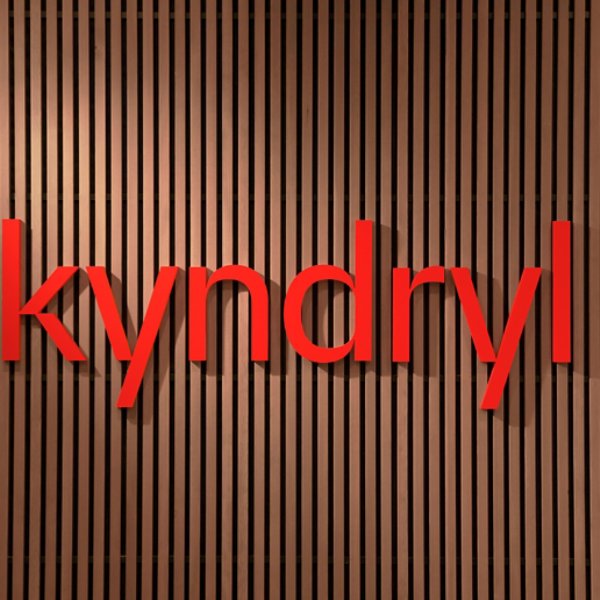Managing the technological infrastructure that powers the global economy is a mammoth proposition. Tech leaders say they need more insight and control over increasingly complex IT estates to keep commerce running smoothly and business growing.
Kyndryl has designed a solution to this challenge, marshaling its deep bench of industry expertise to build and launch Kyndryl Bridge, a new open integration platform that enables enterprises to better achieve their business objectives.
Information management — from apps and storage networks to data security — involves updates, health checks, and alerts on mission-critical applications that are often inconsistent, disconnected, or overlooked. That makes oversight of IT estates difficult, and often delays business progress. In fact, 58 percent of enterprise IT leaders cited infrastructure management as a resource drain, limiting their abilities to accelerate innovation.
“It’s a challenge when we start bringing together multiple silos of operational data and understand what we’re seeing and what’s causing friction — or what might create friction in the future,” says Tommy Burke, a data and engineering lead who helped shape Kyndryl Bridge. “The holistic need for visibility and actionable insights across platforms has never been greater.”
Also needed — but tough to achieve — is the ability to connect the myriad tools, workflows, and processes in which enterprises have spent years investing, including those they’ve grown to trust. Kyndryl Bridge was created with this in mind, says Sue Frease, an integrated AIOps Extension Services Architect at Kyndryl who also helped shape it.
“We want to meet our customers where they are today,” Frease says. “If they have a tool of choice, be it a homegrown system or a third party, we want them to be able to maximize its value. What we don't want to do is force our customers to use a whole new technology, but ease their integration challenges.”
Indeed, the latest data show 87 percent of tech leaders want simpler tools to manage data across complex IT estates that use dissimilar platforms, dashboards, and configuration approaches.
Burke notes that Kyndryl Bridge arms tech leaders with automation- and AI-powered “actionable insights” to actively resolve problems before a larger issue develops. This enables enterprises to avoid issues that are costly, hinder efficiency, and stifles the ability to execute on business strategies.
From Concept to Creation
Building Kyndryl Bridge was no small feat. One of the biggest hurdles the data engineering team had to overcome, Burke says, was creating a process to capture data from disparate sources, and then aggregate it in a standardized and reliable way. Using trusted automation platforms and mature machine learning environments, a team of more than 50 data engineers built a beta version of the platform. They then onboarded early-adopter customers from around the world.
Their experiences provided valuable feedback for Kyndryl’s development teams. Initial results showed server incidents were reduced 74 percent per month during the beta testing period — a testament to Kyndryl’s drive to co-create and co-innovate with its customers.
“Our customers know their environment and their industry in depth,” Burke says. “If there is something that they are seeing as a pain point, we will collaborate with them, understand how we can monitor that, and figure out how we can resolve some of the pain for them.”
A Vision for the Future
The initial commercial rollout of Kyndryl Bridge provides actionable insights for customers, enabling them to free up IT resources for higher-value endeavors. They also elevate CIOs from managing IT systems to focus more attention on building and supporting their corporate business strategies. It’s the first step in the evolution of a progressively powerful platform.
Because technology is constantly evolving, Kyndryl Bridge is designed to continuously add value to customer operations, as opposed to a one-and-done application, says Hidayatullah Shaikh, vice president and design engineer for Kyndryl Bridge and cloud engineering. The project roadmap calls for pulling in additional elements from the Kyndryl product portfolio, including FinOps, private and public cloud services, resiliency, backup, data security, and application modernization. The customers who subscribe will continue to see their investment deliver dividends for managing their IT estates.
Kyndryl will continue adding new functions and native integrations to the platform to increase its capabilities. Over time, the company will tap into its alliance network to develop new, industrial-scale solutions from an ecosystem of leading technology providers and its 90,000-plus industry experts.
“We are building Kyndryl Bridge in a cloud-native, microservice-based manner, paying attention to scale, paying attention to automation, paying attention to test-driven development and deploying it in a continuous manner into production,” says Shaikh. “By its very nature, Kyndryl Bridge will incrementally bring value. Some of that value will be brought on when we launch and then we’ll keep bringing in value as the months progress.”


